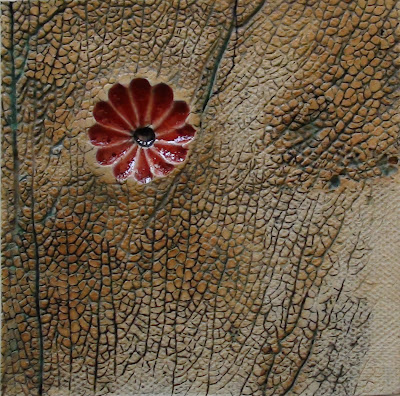 |
| Birds and Nests |
Although she expressed an interest in getting beautiful tile, she said her husband was pushing for white subway tile. He was worried that if she chose something that wasn't plain, she’d get tired of it. Yet, she didn’t seem enthusiastic about going with something ordinary.
So that got me thinking… Why would she get tired of a beautiful tile that she loved, but not get tired of one she didn’t care much about to begin with? What is the thought process around this idea? Isn’t this why rentals are always painted beige—something that neither delights nor dismays?
There are people who truly love beige and subway tiles, and by all means, they should go for it. But I worry that many people choose these options because of a fear of commitment. Perhaps, if they go with the easy—the least common denominator—it feels safer than taking a stand and choosing something unusual?
 |
| Nothing wrong with this--as long as you love it. |
We discussed this today, and she wondered about trendiness in making her selection. It's a valid concern, but in my opinion, it's pretty easy to spot trends—they are the designs and colors that become very popular all at once. (Uh, like subway tile, for example...)
The styles that are unique and timeless are the ones that speak to the individual heart—a preference based on what truly makes one happy. Perhaps it takes bravery to make that decision, but to me, picking a tile that you love seems the safest option.
 | ||
| Bird of My Heart -- 6" x 7" |
[OK, subway tile lovers, see the comment box? Go on, let me have it.... ]





















